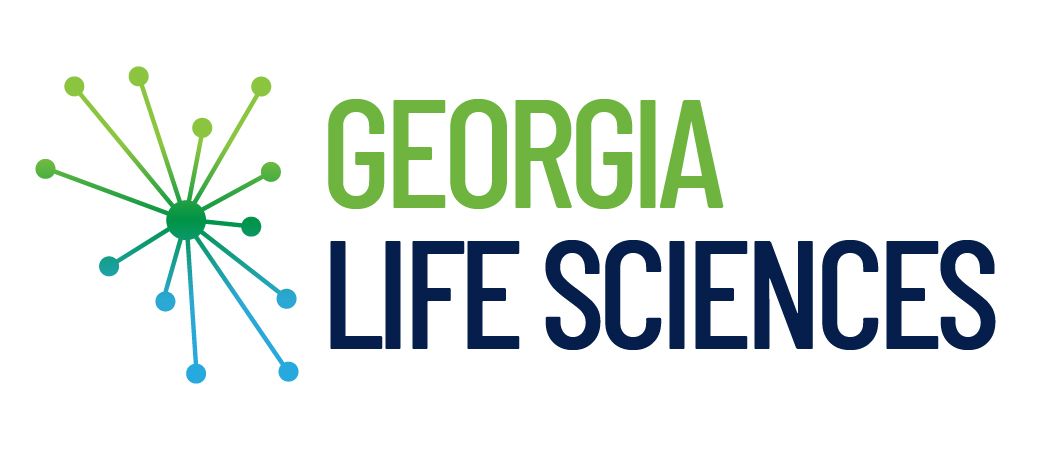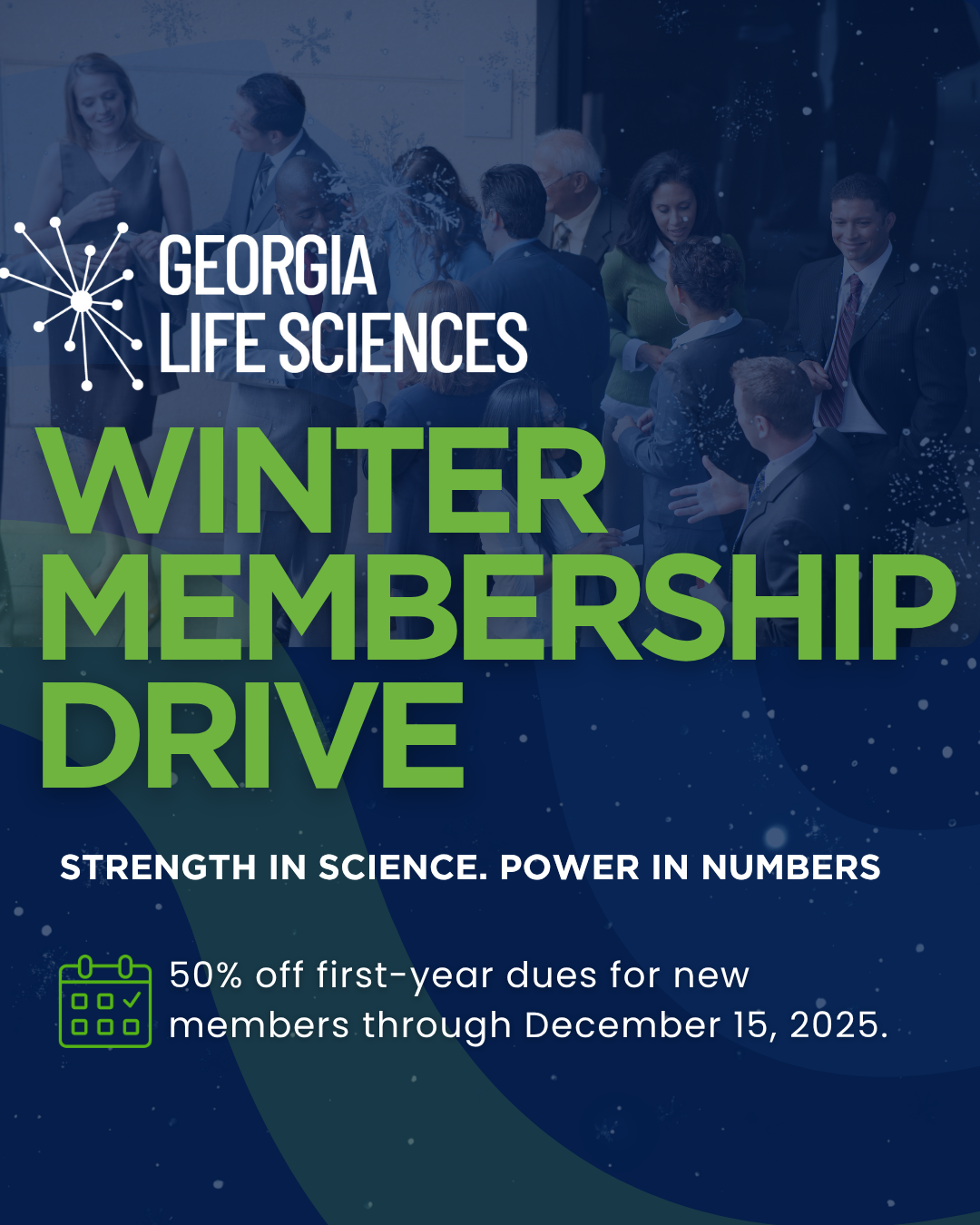Announcing the Launch of the Life Sciences Workforce Collaborative — and a Preview of What’s Ahead
This week marks an important milestone for workforce development in the U.S. life sciences sector: the official launch of the Life Sciences Workforce Collaborative (LSWC). Formerly known as the Coalition of State Bioscience Institutes (CSBI), LSWC premiered at the 2025 BIO International Convention as a new national nonprofit—building on over a decade of state and regional leadership to expand industry-aligned solutions for talent development.
As the life sciences industry confronts evolving technologies, shifting economic headwinds, and persistent workforce challenges - including specialized talent needs, unmet demand for skilled biomanufacturers, positioning for future growth —LSWC offers a unified platform to scale solutions, support workforce readiness, and strengthen public-private partnerships across the country.
Just out of the gate, the new organization is pleased to announce a major insight-driven release later this month: the upcoming 2025 National Life Sciences Workforce Trends
Report, produced in partnership with TEConomy Partners and the NSF-funded InnovATEBIO National Biotech Education Center. Comprised of data from over 700 life science companies and 2.9 million job postings, the report will go live on June 24, 2025.
Why This Matters
The newly launched LSWC builds on more than a decade of trusted collaboration among 50+ state, regional and national life science organizations and workforce partners. Its mission: to align, advise, and accelerate talent development efforts across the entire life sciences talent pipeline—from middle school to mid-career--to build a competitive life sciences workforce.
Next week, the LSWC will launch the 2025 National Workforce Trends Report, the organization’s flagship effort. Now in its seventh edition, this biennial report draws on:
- Responses from over 500 companies across 30 states and Puerto Rico
- Interviews with over 200 life science executives
- Analysis of 2.9 million unique job postings across the U.S. from the last four years
The report is the definitive source for understanding the real-world trends shaping hiring, upskilling, and STEM education engagement across the life sciences ecosystem. More to come next week.
What Comes Next
In the weeks ahead, we’ll be working with our partners to roll out media toolkits, schedule events, and activate coordinated campaigns to bring visibility to both the LSWC launch and the report.
We are deeply grateful to our investor-level supporters—AZBio/AZ Advances, BioNJ, BioUtah, California Life Sciences, Georgia Life Sciences/Institute, Colorado Bioscience Association/Institute, MichBio, NewYorkBIO/Institute, Ohio Life Sciences, Oregon Bioscience Association, SCbio, and Southern California Biomedical Council (SoCalBio)—LSWC partners and connectors, and to every organization that has shaped this initiative from the ground up.
Together, we are building a stronger, competitive, and future-ready workforce—one that ensures the U.S. remains the global leader in biotechnology, biomanufacturing, and life sciences innovation.
Stay tuned and learn how you can partner with us to advance the life sciences workforce.
Learn more at: www.LifeSciencesWorkforce.org
For media inquiries: connect@lifesciencesworkforce.org





